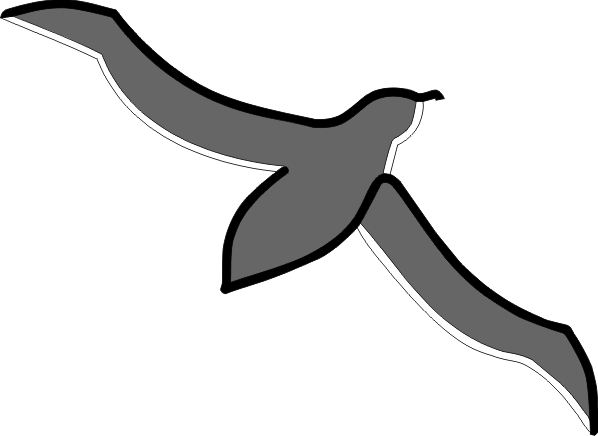Medições precisas de instalações de alta tensão com scanners a laser e GPS
por J. Gomes-Mota1, A. Vale2, A. Matos-André1, M. I. Ribeiro2
1LABELEC/Grupo EDP, 2Instituto de Sistemas e Robótica/Instituto Superior Técnico
apresentado na CIGRÉ06 – Sessão 41 (Comité de Estudos B2) Paris, França, 28 de Agosto a 1 de Setembro, 2006.
Notas:
- Este artigo relata o projecto de I&D que viria a dar origem ao Power Line Maintenance Inspection.
- Albatroz Engenharia esteve presente na Exposição Técnica da CIGRÉ06.
Resumo
Laser range systems are a valuable tool to measure live power installations, as they allow accurate measurements to be taken from a safe distance without disturbing electrical system operation.
A laser range scanner standing in one location will create a local model of free space around it. A laser range scanner mounted on a moving vehicle with Global Positioning System (GPS) provides a 3D geometrical model of the installation and the environment surrounding it. Laser systems combined with GPS localisation are used to measure clearance around overhead lines (OHL) and real-time sag variations. These solutions supply 3D metric data for maintenance processes, technical and legal audits, hazard assessment and safety training. Spin-off applications include fast as-built models of installations and updates of Geographical Information Systems (GIS) representations.
High-quality high-cost devices borrowed from aerial topography have been used in the past for some of these applications. The paper describes a new approach based on low-cost, portable, industrial laser range scanners and consumer electronics. These scanners can be operated from the ground or from a helicopter, as LABELEC does to inspect OHL. At present, their measuring range is up to 60m (197ft) or 80m (262ft), depending on target reflectance; their typical accuracy is near 2cm (1in) for still applications, up to ten times fold for moving, airborne applications. Although their accuracy and resolution are much lower than their topography counterparts, the authors show that they are sufficient for the aforementioned applications and offer a better value to cost ratio.
Preliminary experiments, described in the paper, proved the feasibility of this approach in cases the goal were to certify the compliance of warped substation bus rods to mechanical stress regulations and to verify tree clearance distances around OHL. Current efforts aim at developing an integrated solution with the airborne inspection of OHL, leading to significant efficiency gains. Significant challenges remain on the robustness and scalability issues, equipment wear out, data integration with GIS and optimal data representation for clients. The long-term goals are to integrate the laser scanner with video and audio streams to create a synchronous and coherent representation of the line track; to create real-time 3D models automatically and to develop software for various applications, starting with OHL clearance management and tree identification and growth forecast.
Palavras-chave
Overhead Lines (OHL), Right of Way (ROW), Clearance, Quality of Service, Safety, Laser Range Scanner, Laser Imaging Detection and Ranging (LIDAR), Global Positioning System (GPS).


